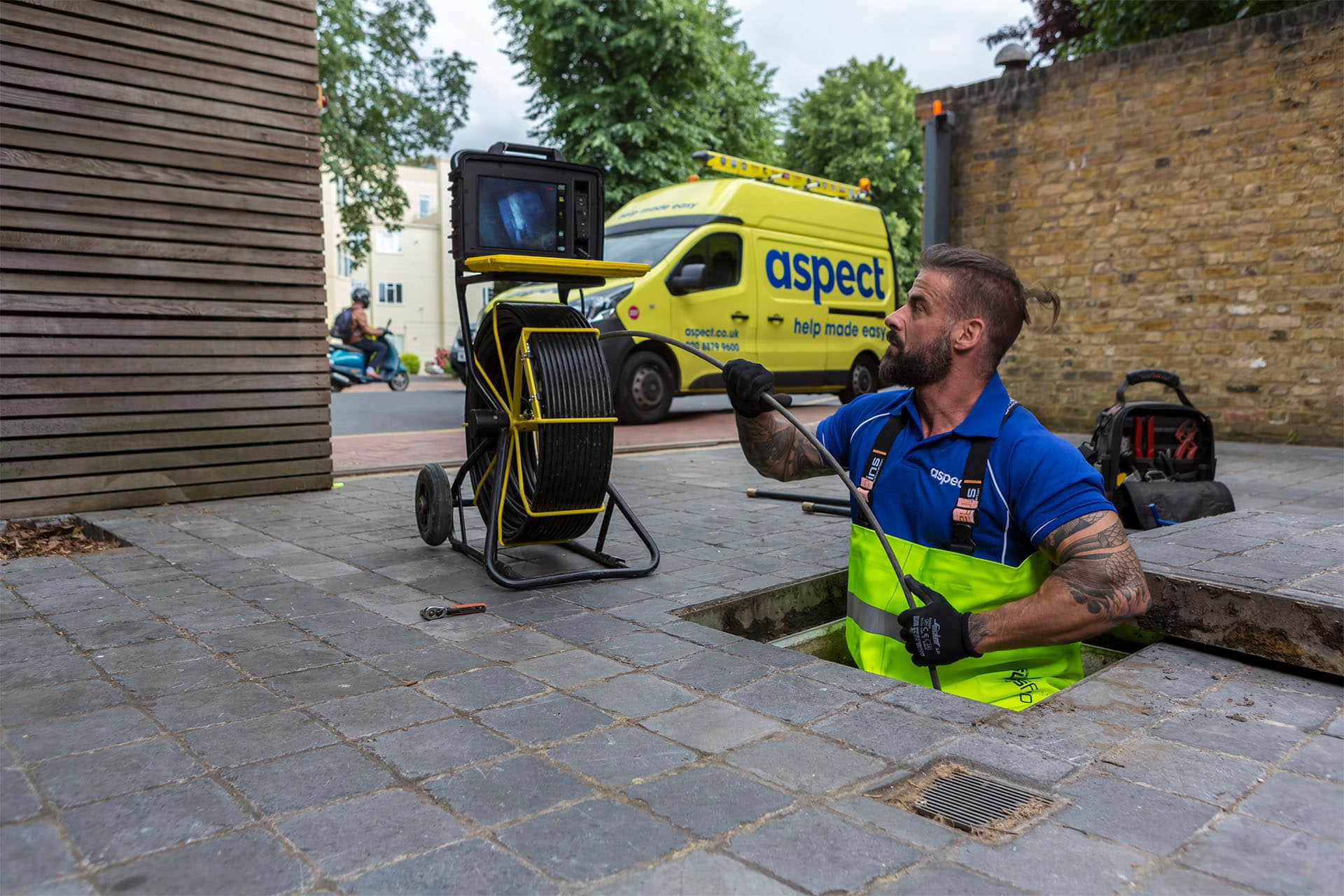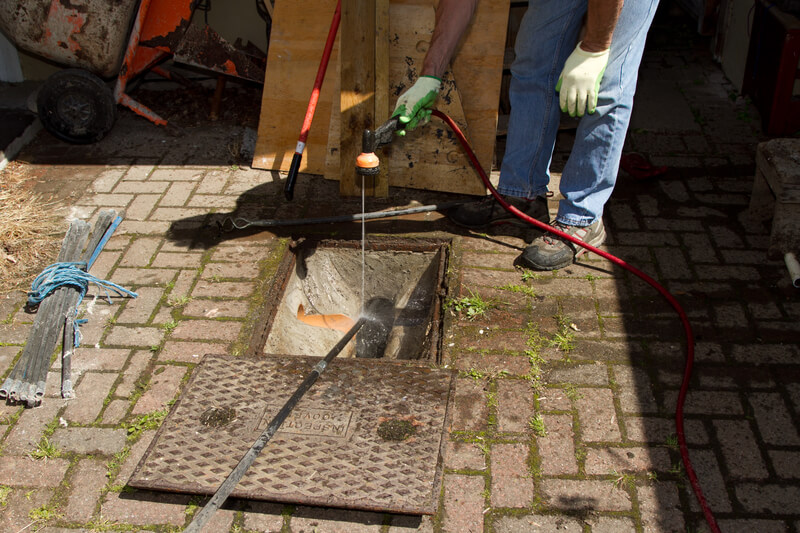Strategies to Tackle a Blocked Drain Before Calling in Professional Help
Strategies to Tackle a Blocked Drain Before Calling in Professional Help
Blog Article
We have discovered this post on Some easy tips to fix blocked drains below on the net and figured it made good sense to write about it with you over here.

Intro
Dealing with a blocked drainpipe can be a frustrating experience, disrupting daily activities and possibly causing damage to your building. Nevertheless, before reaching out to pipes professionals, there are actions you can require to address the concern on your own. In this guide, we'll explore do it yourself options and preventive measures to tackle an obstructed drain efficiently.
Identifying the Concern
The primary step in resolving a blocked drainpipe is acknowledging the signs. Slow-moving water drainage, gurgling noises, foul odors emanating from drains, or water support up prevail indications of a blocked drain. Determining these indications early can aid avoid additionally complications.
Selecting the Right Plumbing Solution
When choosing a plumbing service, take into consideration factors such as experience, licensing, and client evaluations. Select a reputable plumbing professional with a record of high quality craftsmanship and clear prices practices.
Price Considerations
The price of expert drainpipe cleaning company can differ relying on the intensity of the obstruction and the plumber's rates. Demand quotes from several companies and ask about any service charges to guarantee transparency and prevent surprises.
Security Precautions
When trying do it yourself drainpipe cleaning, prioritize safety. Put on protective gloves and eyewear to avoid contact with dangerous chemicals or germs. Never blend different drainpipe cleaning items, as this can produce hazardous fumes.
Instance Studies
Real-life instances illustrate the performance of DIY solutions and the relevance of timely expert treatment in solving drainpipe blockages.
Typical Causes of Blocked Drains
Comprehending the factors that add to drain pipes blockages is necessary for reliable resolution. Usual culprits consist of hair, soap residue, oil, food debris, and foreign things like hygienic items or paper towels. Tree origins attacking below ground pipes can likewise create considerable clogs.
Do it yourself Solutions
For minor blockages, several DIY solutions can be reliable. Pouring boiling thin down the drain can assist liquify grease and particles. Baking soda and vinegar or a combination of salt and baking soda can work as natural cleansers. Making use of a plunger or plumbing snake to displace blockages is another choice.
Devices and Tools
Having the right devices on hand can make DIY drainpipe cleaning up a lot more reliable. A bettor is a functional device for clearing clogs in sinks, commodes, and showers. A plumbing snake or auger can get to much deeper blockages, while drain cleansing chemicals can be made use of cautiously for persistent obstructions.
Preventive Measures
To avoid future clogs, adopting safety nets is critical. Set up drainpipe guards or strainers to capture hair and debris before they enter the pipes. Regularly flush drains with warm water to liquify grease build-up, and avoid getting rid of grease or solid waste away.
When to Call a Professional
While DIY solutions can settle small clogs, certain signs show the need for professional support. Consistent obstructions, foul odors despite cleaning initiatives, or several drains supporting simultaneously are warnings that warrant expert treatment.
Final thought
By complying with the ideas described in this overview, you can properly deal with blocked drains pipes and stop future plumbing issues. Whether selecting do it yourself services or looking for expert support, timely activity is vital to maintaining a healthy plumbing system and protecting the honesty of your home.
How to Clear a Clogged Drain Yourself (And When to Call In the Professionals)
What Can Clog a Drain
Dirt Skin flakes Hair Grease Soap scum Food Offset pipes Tree roots Small objects Mineral buildup DIY Tricks to Unclog a Drain
You can fix this! Once you have identified the source of the clog (or have a vague idea), you can try one or a combination of these fixes in order to clear your plumbing.
Wire Hanger or Snake
Untangle and clear out hair from a drainpipe with a homemade snake. Use a straightened-out wire hanger with a 90-degree angle hook to locate the clog and drag out any unwanted material.
Remember not to push the clog further down to where the wire hanger cannot reach! If you need to follow up with a plunger, give it a try. Your efforts might be more successful after it’s been wire-snaked.
If you want to get fancy and don’t have a wire hanger to spare, head to the store and pick up a hand-operated drain snake. You can get one for $10-$30. It may save you the hassle, and provide additional length to reach deep into the clogged pipe.
Plunger
A cup plunger has a suction cup attached to a wooden handle. The rubber creates a seal around the drain, and increases the pressure force of the plunger.
Plunge for 30-second increments to loosen the clog. This may need to be repeated over the course of 15-20 minutes. Once plunged, run the water to flush the remaining material out of the drain.
Remember– never use a plunger if you have used a chemical drain cleaner. These chemicals can splash up from the force of the plunger and cause serious injury or burns.
Boiling Water
Hot water can sometimes break up materials into a flushable amount. Dirt, grease, and soap buildup requires heat in order to unstick from surfaces.
Take your kitchen kettle and heat your water to a boil. Once it reaches a rolling boil, pour it directly down the drain into the blockage. Carefully follow with plunging, if necessary.
Don’t worry if this takes more than one try! It can often take multiple kettles and repeated plunging in order to clear a particularly stubborn clog.
Chemical Drain Cleaner
As a last resort, pick up a bottle of chemical drain cleaner. Drain-cleaning chemicals are potent, and not very good for the environment.
You may need to wear protective eyewear in gloves before handling your bottle of chemical drain cleaner. Follow the instructions printed on the bottle, and flush with water as soon as the instructions allow. Do not follow with plunging.
Baking Soda and Vinegar
As a safer alternative to chemical drain cleaner, baking soda and vinegar can create a chemical reaction that clears tough clogs.
Combine one cup of cleaning vinegar with one cup of boiling water, and set aside. Once you have done this, pour half a cup of baking soda down the drain. Give the baking thirty seconds to settle and cover a large portion of the problem drain.
Following the baking soda, pour down your vinegar and hot water solution. Once the vinegar and baking soda combine, the mixture will bubble and fix. Let this reaction fizzle in the drain for about an hour.
After an hour, follow with a kettle’s worth of hot water. The heat and liquid should flush out any remaining material.
When to Call a Plumber
If your DIY attempts haven’t cleared your clog drain, it’s time to call in a professional. It’s not worth losing access to your kitchen sink or high-traffic bathroom. A clog in a vital area can keep you from the things you’d rather be doing, and derail your routine.
Anytime a clog is causing water to spread is a time to call in a plumbing service. What starts out as a little bit of water can quickly grow into serious, expensive water damage.
Additionally, a serious clog can result in burst pipes or serious leaks. Make sure you know when to take it seriously!
https://myguysnow.com/how-to-clear-a-clogged-drain-yourself-and-when-to-call-in-the-professionals/

I discovered that blog post on Tips for Dealing with Clogged Drains and Sewer Lines when surfing around the search engines. Are you aware of somebody who is in the market for the subject? Be sure promote it. I praise you for being here. Return soon.
Book Report this page